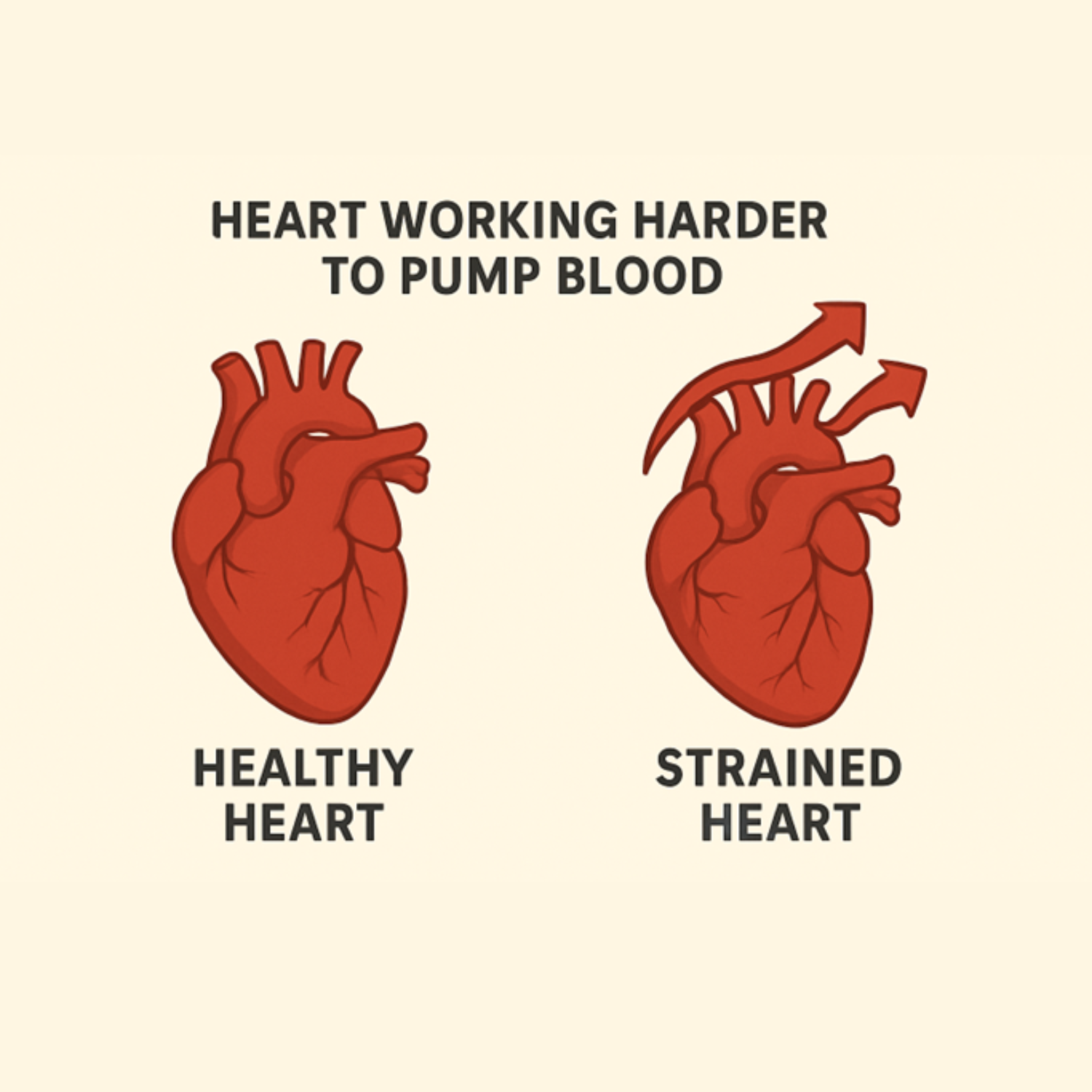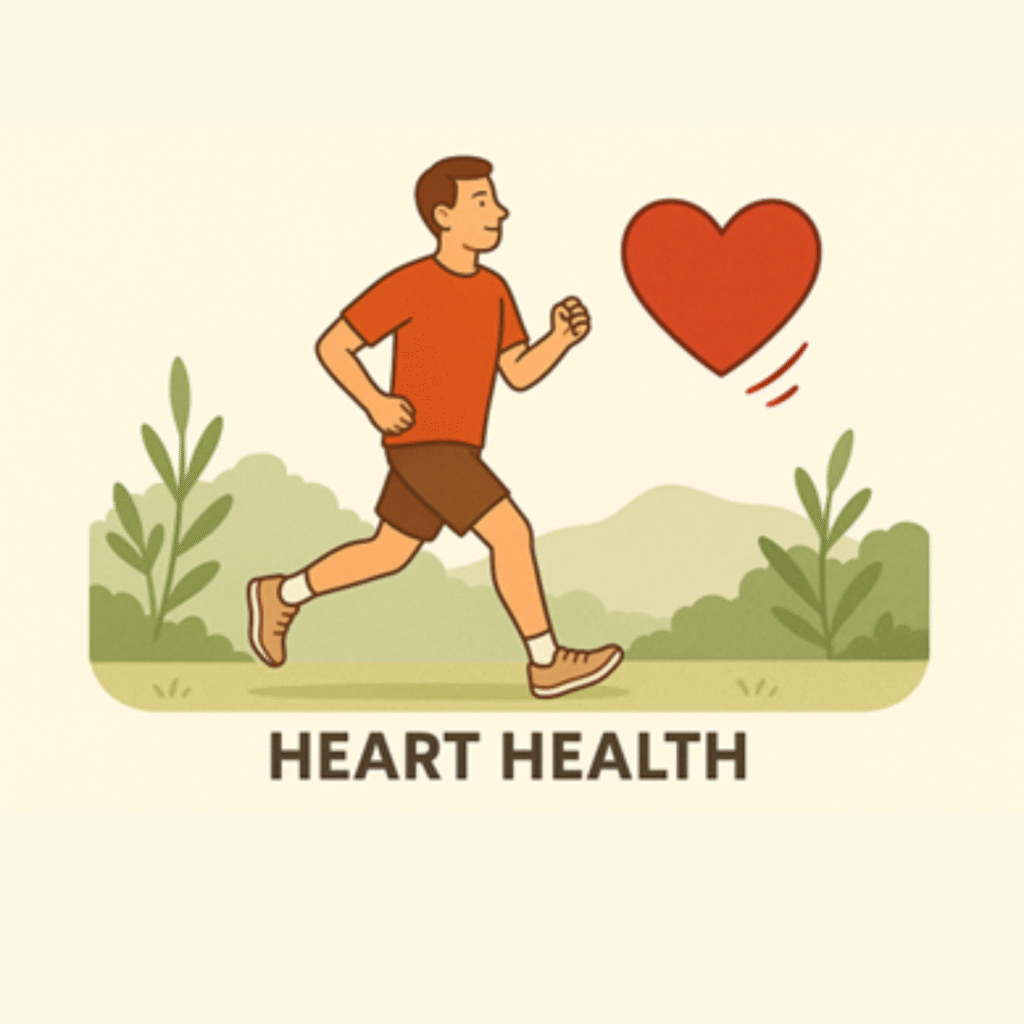The Connection Between Obesity and Heart Diseases
Obesity is a growing health concern worldwide, and it is closely linked to many chronic conditions, particularly heart diseases. In this blog, we will explore how obesity contributes to heart diseases and the importance of maintaining a healthy weight.
What is Obesity?
Obesity refers to excessive body fat accumulation that presents a risk to health. It is typically measured using Body Mass Index (BMI), where a BMI of 30 or higher is considered obese.
How Does Obesity Affect Heart Health?
Increased Risk of High Blood Pressure (Hypertension)
Obesity leads to higher blood pressure. When excess fat accumulates, it puts pressure on blood vessels, forcing the heart to work harder to circulate blood. This increases the risk of high blood pressure, a key contributor to heart disease.

Higher Levels of Cholesterol
Obesity increases cholesterol levels. It raises levels of LDL (bad cholesterol) and triglycerides, while lowering HDL (good cholesterol). This imbalance can lead to plaque buildup in arteries, increasing the risk of heart attack and stroke.

Insulin Resistance and Type 2 Diabetes
Obesity increases the risk of developing type 2 diabetes. Excess fat disrupts insulin production and function, leading to insulin resistance, which significantly raises the risk of heart disease.
Increased Inflammation
Obesity triggers chronic low-level inflammation. Fat cells, especially in the abdomen, produce inflammatory markers that can damage blood vessels and contribute to plaque buildup in the arteries.
Heart Failure Risk
Obesity can strain the heart. The additional weight makes it harder for the heart to pump blood efficiently, eventually leading to heart failure, a condition where the heart is unable to meet the body’s needs for blood and oxygen.

How Can You Reduce the Risk?
Adopt a Healthy Diet
Maintain a balanced diet that includes plenty of fruits, vegetables, lean proteins, and whole grains. Avoid or limit processed foods, sugary beverages, and unhealthy fats.
Eating a variety of colorful foods helps provide essential vitamins and minerals.
Drink plenty of water throughout the day to stay hydrated and support digestion.
Practice mindful eating by listening to your body’s hunger and fullness signals.

Exercise Regularly
Aim for at least 30 minutes of moderate exercise, such as walking, swimming, or cycling, most days of the week. Regular physical activity helps in weight loss and improving heart health. It also boosts mood and energy levels by releasing endorphins, the body’s natural feel-good chemicals. Incorporating strength training twice a week can improve muscle tone and metabolism.
Staying active also supports better sleep quality and reduces stress levels.

Monitor Your Weight
Regularly track your weight and aim for a gradual weight loss of 1-2 pounds per week. Even losing a small amount of weight (5-10% of body weight) can significantly reduce the risk of heart disease.
Control Stress
Practice stress management techniques like meditation, deep breathing exercises, or yoga. Chronic stress can exacerbate heart disease risk factors like high blood pressure.

Conclusion
Obesity is a significant risk factor for heart disease, but with proper lifestyle changes, you can reduce this risk. By adopting a healthier diet, exercising regularly, and managing stress, you can lower your chances of developing heart-related complications. Remember, it’s never too late to start taking care of your heart and your health.
Role of Naturopathy in Heart Diseases
5 Common Stress Busters for Better Heart Health
5 Disadvantages of Substance Abuse
How Drugs Lead to Depression
5 Common Side Effects of Drugs in Youngsters
The Importance of 5 ‘C’s in De-addiction
How to Quit Alcohol: A Step-by-Step Guide
5 Effective Ways to Quit Smoking
5 Main Causes and Symptoms of Heart Failure
Preventive Cardiology – A Life Saviour Approach
The Role of Laughter Therapy in Healing Diseases
Office Stress Causing Heart Attacks – A Myth or Reality?
5 Super Foods for a Healthy Heart
Alcohol’s Role in Heart and Lung Disease
The Dangerous Link Between Tobacco and Lung Diseases
Top 5 Yogas to Reduce the Danger of Heart Attacks
How Yoga is Helpful in Curing Heart Diseases
Top 5 Reasons to Visit a Cardiologist
5 Essential Tips for Diabetes Control in Heart Patients
The Role of Alcohol & Tobacco in Heart Disease
The Connection Between Obesity and Heart Diseases
How to Perform CPR: Guidelines, Procedures & Ratio
❤️ 5 Easy Ways to Improve Your Heart Health
5 Main Causes and Symptoms of Heart Failure
All Categories
- Health (30)
- Life Style (1)
Must read Recent Blogs
Top 5 Yogas to Reduce the Danger of Heart Attacks
Top 5 Reasons to Visit a Cardiologist
The Role of Laughter Therapy in Healing Diseases
The Role of Alcohol & Tobacco in Heart Disease
The Importance of 5 ‘C’s in De-addiction
The Dangerous Link Between Tobacco and Lung Diseases
The Connection Between Obesity and Heart Diseases
Role of Naturopathy in Heart Diseases
Preventive Cardiology – A Life Saviour Approach
Office Stress Causing Heart Attacks – A Myth or Reality?
How Yoga is Helpful in Curing Heart Diseases
How to Quit Alcohol: A Step-by-Step Guide
How to Perform CPR: Guidelines, Procedures & Ratio
How Drugs Lead to Depression
Alcohol’s Role in Heart and Lung Disease
5 Super Foods for a Healthy Heart
5 Main Causes and Symptoms of Heart Failure
5 Main Causes and Symptoms of Heart Failure
5 Essential Tips for Diabetes Control in Heart Patients
5 Effective Ways to Quit Smoking
5 Disadvantages of Substance Abuse
5 Common Stress Busters for Better Heart Health
5 Common Side Effects of Drugs in Youngsters
❤️ 5 Easy Ways to Improve Your Heart Health







